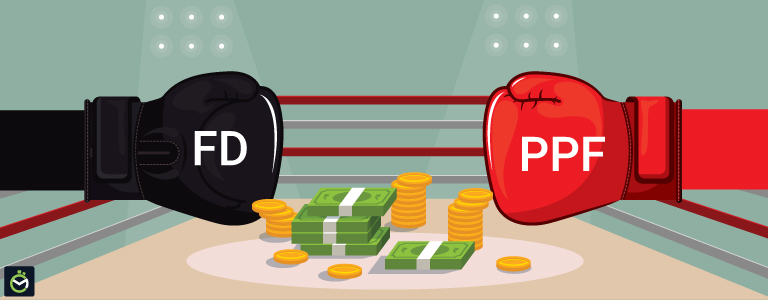Investors often face the dilemma of choosing between the Public Provident Fund (PPF) and Fixed Deposit (FD) schemes when looking for higher returns on their investments. Both these investment options have their own merits and it is crucial to understand their differences before making a decision.
The Public Provident Fund (PPF) is a government-backed savings scheme that offers tax benefits and a fixed interest rate. It has a lock-in period of 15 years, making it a long-term investment option. The interest rate on PPF is reviewed and revised by the government on a quarterly basis. The returns on PPF are considered to be relatively stable and safe, making it a popular choice among risk-averse investors.
On the other hand, Fixed Deposit (FD) schemes are offered by banks and financial institutions. They provide a fixed interest rate for a specified period, ranging from a few months to several years. FDs have a shorter lock-in period compared to PPF and offer more flexibility in terms of investment duration. However, the interest rates on FDs are subject to market fluctuations and may vary based on the prevailing economic conditions.
When it comes to returns, PPF generally offers higher interest rates compared to FDs. However, it’s important to note that PPF returns are tax-free, while the interest earned from FDs is taxable. This tax advantage makes PPF a more attractive option for many investors.
Another crucial factor to consider is liquidity. FDs provide greater liquidity as they can be prematurely withdrawn in case of emergencies, although penalties may apply. PPF, on the other hand, has a lock-in period of 15 years, and premature withdrawals are only permitted under certain exceptional circumstances.
In summary, both PPF and FD schemes have their own advantages and disadvantages. PPF offers higher tax-free returns but has a longer lock-in period, while FDs provide more flexibility but are subject to tax on interest earned. It is advisable for investors to assess their financial goals, risk tolerance, and liquidity requirements before making a decision on where to invest for higher returns.
Disclaimer: The information provided in this article is for informational purposes only and should not be considered as financial advice. Investors are advised to consult with a financial professional before making any investment decisions.























